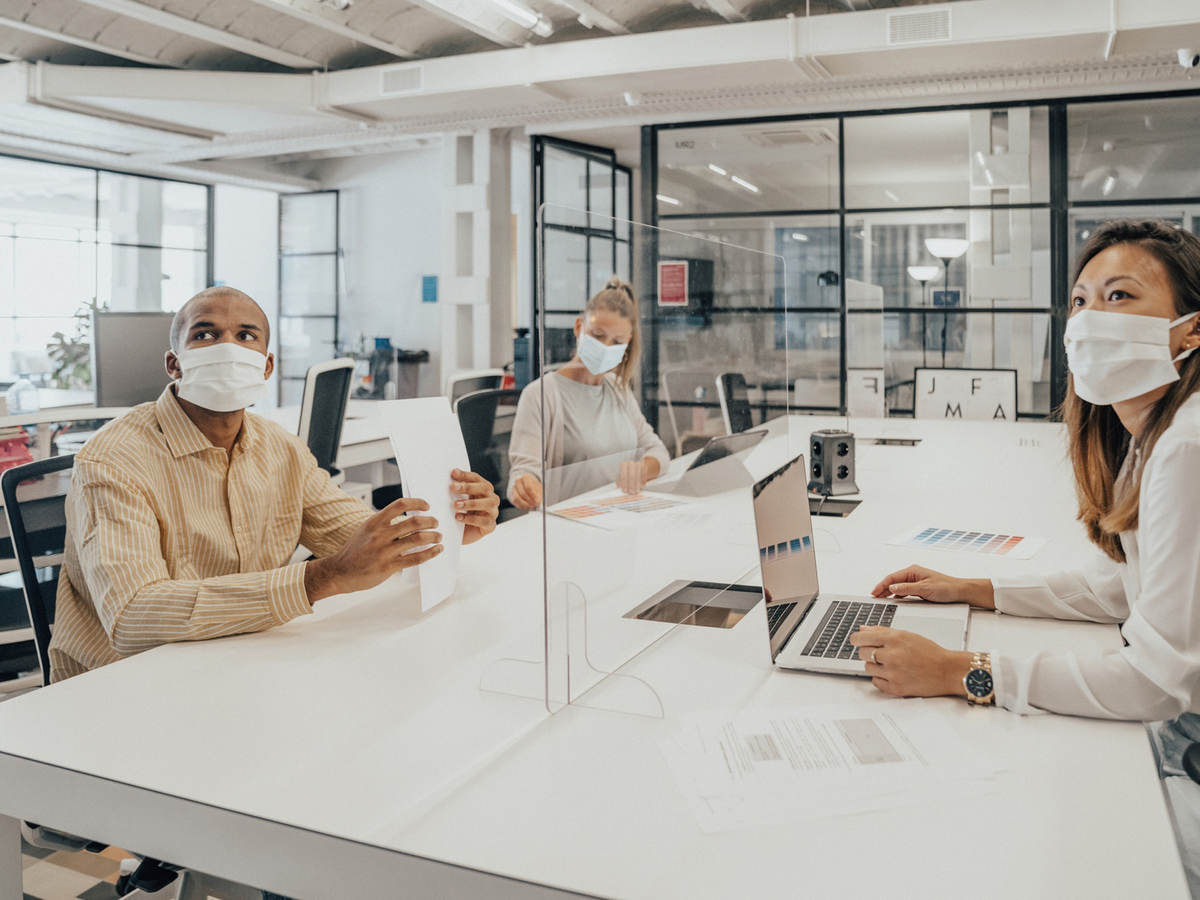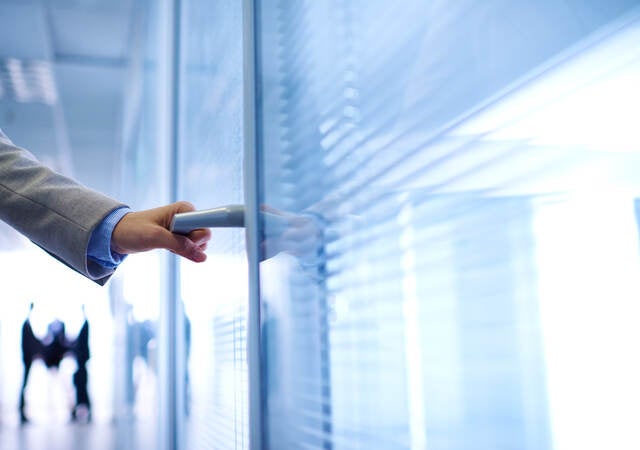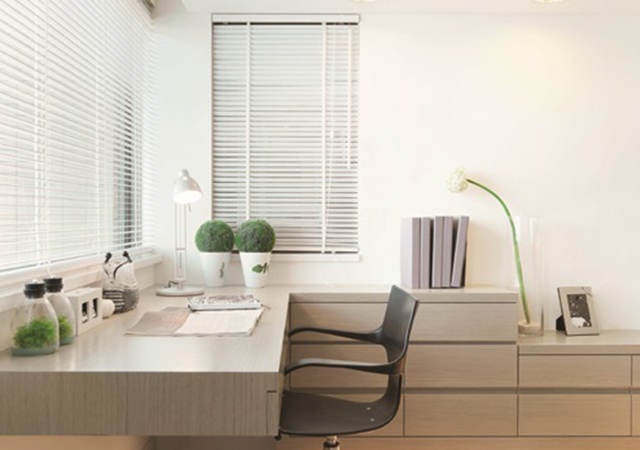August 27, 2020
The COVID-19 outbreak has turned a great deal of attention to indoor spaces and how they can support wellness and reduced transmission risk as we reopen and recover from an extended hiatus. A critical component of commercial spaces, office furniture, which was previously evaluated from a performance and/or sustainability standpoint, is now being evaluated on a variety of new criteria. How do furnishings factor into disease transmission? How can they be cleaned? How can office furniture support safe reopening of indoor spaces? By embracing both innovation and safety, manufacturers of office furniture can support the safe re-occupancy of buildings after the COVID-19 outbreak.
New products, new safety considerations
In an attempt to address the widespread trend of open air offices, many furniture manufacturers are offering transparent dividers that may offer individuals protection from the coughs and sneezes of other occupants. Immediately deployed in retail stores, transparent guards and shields are designed to mitigate disease transmission. While deployment seems straightforward, it’s important to fully evaluate usage risks. New products introduce new safety considerations. Shields affixed to the tops of counters or desks may need to be assessed for tip-over, disengagement or other risks that could be associated with stability. Shields and guards should be evaluated for sharp edges to reduce risk of cuts or scrapes. As manufacturers take action to meet market needs, it’s important to take time to fully consider safety risks that may be associated with new products.
Consider cleanliness
While a great deal of attention has been given to cleaning and sanitation as buildings reopen, tenants want to understand the best methods for cleaning upholstered furniture, leather or other materials. New aspects to consider may be the accessibility to surfaces, joints or gaps, as square corners could be difficult to clean. Buyers want to understand what cleaners can effectively sanitize work and seating surfaces and how the use of cleaning agents may affect the aesthetics of the furniture. New solutions such as ultraviolet and steam cleaners may be able to effectively disinfect but could impact the long-term performance, aesthetics or quality of furniture. It’s a good idea to have furniture tested for the long-term impacts and safety of these new cleaning methods.
Look before you leap
Some manufacturers are incorporating antimicrobial additives directly into their products to reduce the spread of germs on furniture. When developing new products, using chemical substances, it’s critical to consider the impacts on human health. With growing regulations surrounding the use of potentially hazardous chemicals, manufacturers should understand and conduct testing to identify any risks these new products can present to humans during dermal or inhalation exposure. Depending on the region, they must also understand the requirements of chemical regulations such as the Toxic Substances Control Act (TSCA), Registration, Evaluation, Authorization and Restriction of Chemicals (REACH) and Restriction of Hazardous Substances (RoHS).
Office furniture manufacturers have an important role to play in reoccupying buildings safely. Their efforts to bring innovative solutions to market and to propose safe usage should be balanced with careful design, assessment and testing to evaluate safety and performance. New products and formulations may result in unintended consequences. UL offers a full range of furniture performance, safety and sustainability testing to help you through this process. Click on the Contact Us feature to learn more.



